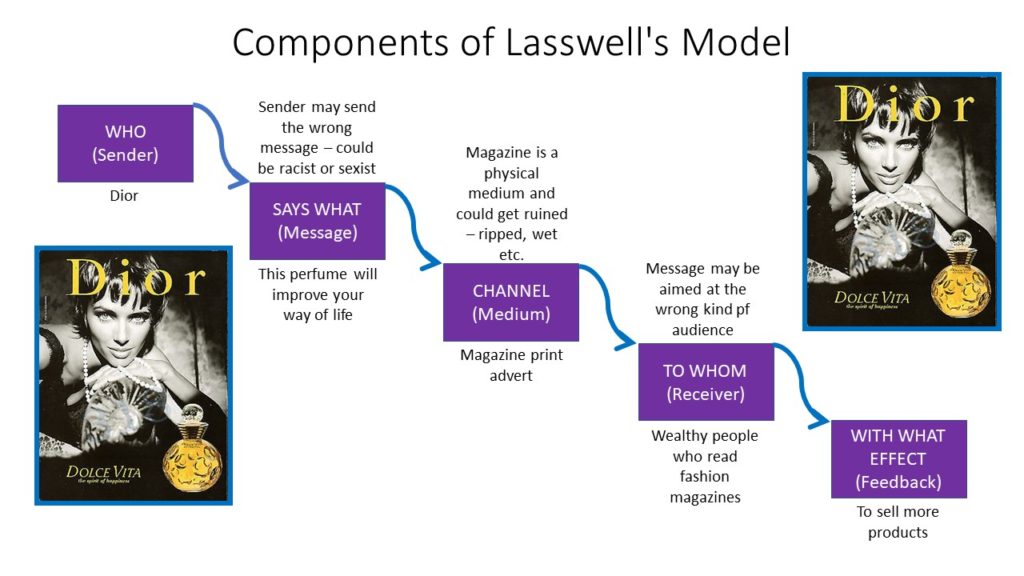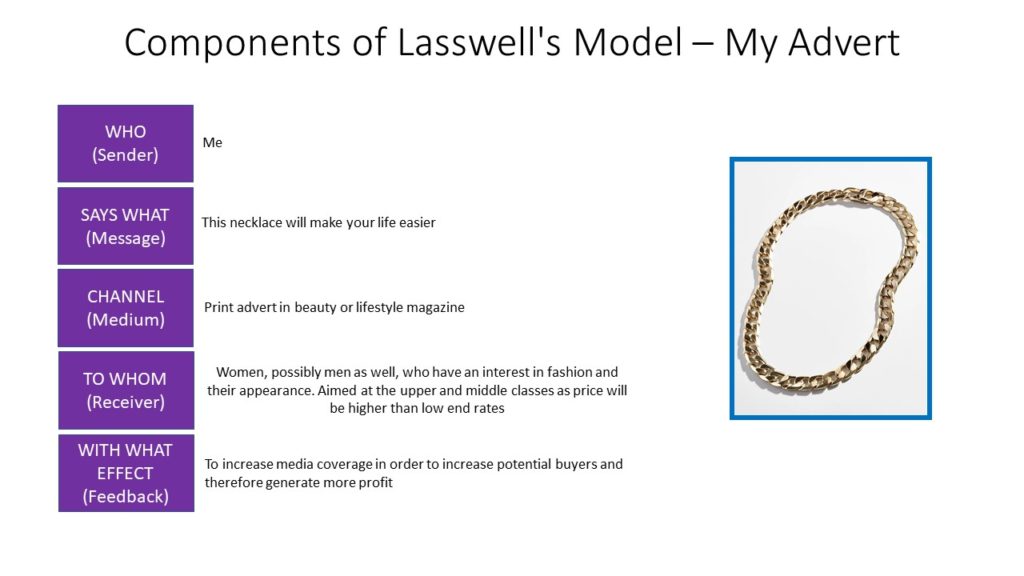As a result of WWII, there was an expansion of research into the way we communicate due to the heavy use of propaganda used during the war and how political communication affects out ideas and beliefs.
The hypodermic model involves this idea of passive consumption – when the receiver just accepts messages given to them in media rather than question or engage with what is being presented to them.
The earliest theoretical work can be traced back to Harold Lasswell in 1927 who developed the theoretical tool of context analysis. He wrote a book called Propaganda Technique in the World War which highlighted the brew of ‘subtle poison, which industrious men injected into the veins of a staggering people until the smashing powers… knocked them into submission’. As Martin Moore noted, Lasswell, as a behavioural scientist who researched areas which connected political communication and propaganda, believed each government had ‘manipulated the mass media in order to justify its actions’ during the First World War
In 1948 he created a diagram to illustrate his hypothesis: Lasswell’s Linear Model of Communication. A model where a sender transfers a message through a kind of medium to the receiver to create a direct effect on them. This creates a clear relationship between the sender and the receiver.
In 1949 this approach was adapted by Shannon and Weaver into the Transmission Model of Communication, which included other elements such as noise, error, encoding, and feedback


